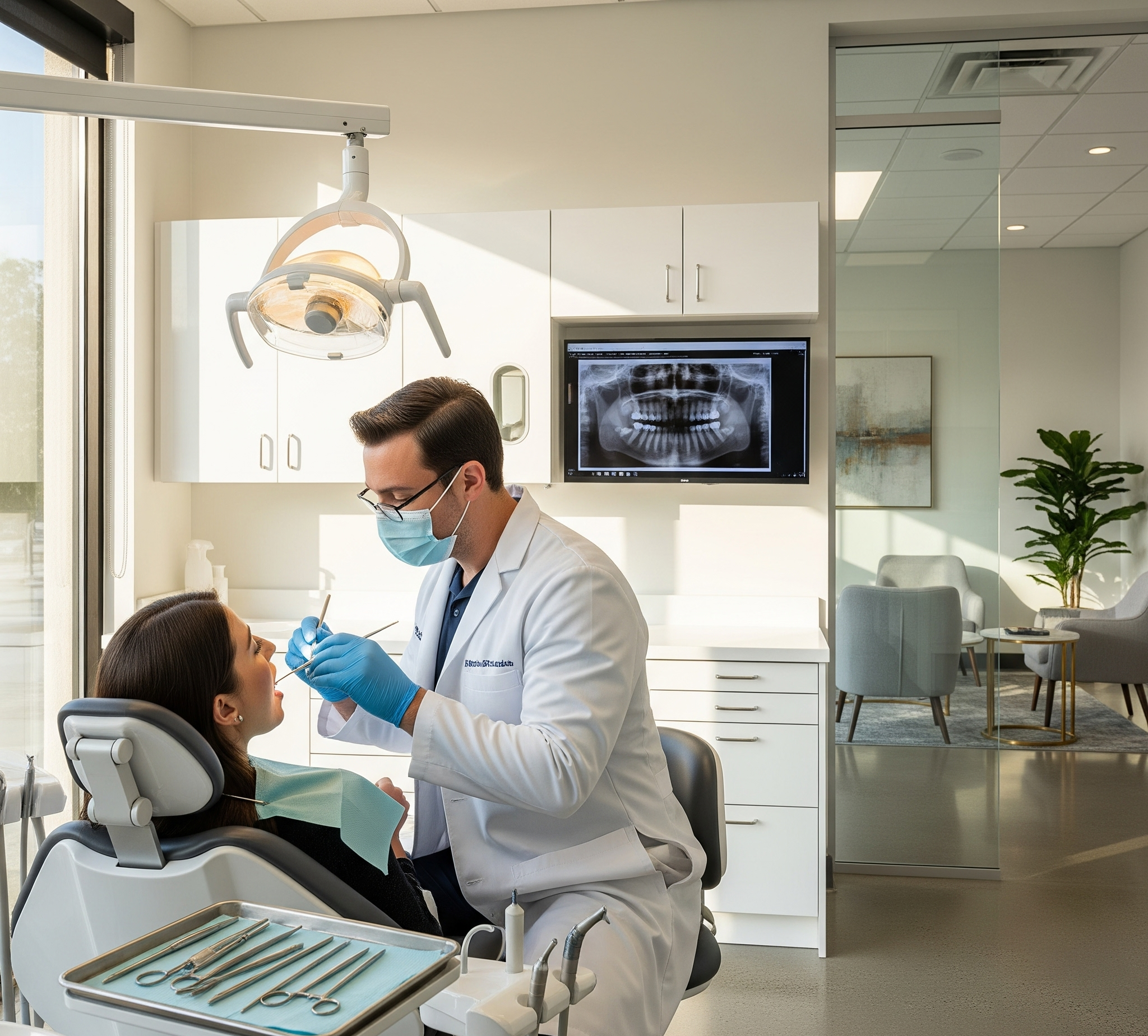Dental fillings are one of the most common procedures performed by dentists worldwide. They play a vital role in restoring teeth affected by cavities, cracks, or minor damage. But once your dentist has completed the filling, an important question often arises: Can you eat after a dental filling?
The short answer is yes—but with some precautions. Eating too soon, or eating the wrong foods, may affect your filling, cause discomfort, or even damage the restoration. In this article, we’ll explore what you need to know about eating after a dental filling, emergency dental services provide professional insights, and answer common patient questions.
Understanding Dental Fillings
A dental filling is used to restore the structure of a tooth damaged by decay or trauma. The dentist removes the decayed portion and fills the space with restorative material such as composite resin, amalgam, gold, or porcelain.
The type of filling you receive plays a significant role in how soon you can eat afterward. For example:
- Composite (tooth-colored) fillings: Harden instantly with a special curing light, allowing patients to eat sooner.
- Amalgam (silver) fillings: Require several hours to fully set, meaning eating too soon could damage them.
- Gold or porcelain inlays/onlays: Often bonded with strong adhesives and are usually ready for function immediately.
Can You Eat Immediately After a Filling?
Whether you can eat right away depends on the type of filling material and the anesthesia used:
- Composite Fillings
- Harden instantly under a curing light.
- Patients may eat almost immediately but should avoid hard or sticky foods for the first 24 hours.
- Amalgam Fillings
- Take about 24 hours to fully set.
- Patients should avoid chewing directly on the filled tooth during this period.
- Gold or Porcelain Restorations
- Bond securely during placement.
- Typically safe to eat soon after, though it’s best to wait until numbness wears off.
Pro tip: Always wait until the numbing effect from anesthesia wears off before eating. Chewing while numb increases the risk of biting your cheek, tongue, or lips.
What Foods Should You Avoid After a Dental Filling?
For the first 24–48 hours, it’s best to avoid certain foods to protect your filling and minimize sensitivity. These include:
- Hard foods: Nuts, ice, hard candies—may crack or dislodge the filling.
- Sticky foods: Caramel, gum, toffee—can pull at the filling.
- Sugary foods and drinks: Increase risk of bacterial growth around the filling.
- Very hot or cold foods: Can trigger temporary tooth sensitivity.
- Chewy foods: Steak, crusty bread—may cause discomfort near the treated tooth.
What Foods Can You Eat Safely?
Soft, mild foods are recommended for the first day after your dental filling:
- Yogurt
- Mashed potatoes
- Scrambled eggs
- Smoothies
- Oatmeal
- Soup (lukewarm, not too hot)
- Soft fruits like bananas or applesauce
These options reduce strain on the treated tooth and help you recover comfortably.
Why Tooth Sensitivity Happens After Fillings
Many patients experience tooth sensitivity after a filling. This may occur when eating hot, cold, or sweet foods. Causes include:
- The filling material adjusting to your tooth.
- Irritation to the nerves inside the tooth.
- Minor inflammation in the surrounding tissues.
Sensitivity usually subsides within a few days to two weeks. If it persists or worsens, it may indicate an issue such as a high filling or underlying nerve irritation. In such cases, visit your dentist for an adjustment.
Tips for Eating Comfortably After a Filling
- Wait for numbness to fade before eating.
- Start with soft foods that don’t require much chewing.
- Chew on the opposite side of the mouth for the first 24 hours.
- Avoid extreme temperatures to reduce sensitivity.
- Maintain oral hygiene—brush gently around the filling area.
- Follow your dentist’s advice—specific instructions may vary depending on your case.
Long-Term Care for Your Filling
Dental fillings are durable but not permanent. With proper care, they can last for many years. To extend the life of your filling:
- Brush twice daily with fluoride toothpaste.
- Floss carefully to prevent plaque buildup.
- Avoid chewing on hard objects like pens or ice.
- Visit your dentist regularly for check-ups.
- Report any pain, cracks, or looseness immediately.
Final Thoughts
So, can you eat after a dental filling? The answer is yes—but with a little patience and caution. The timing largely depends on the type of filling material used and whether you’re still numb from anesthesia. Sticking to soft foods, avoiding extremes in temperature, and being gentle with your teeth will help your filling settle comfortably.
Remember, fillings are designed to restore your tooth’s function and protect it from further decay. By following your dentist’s instructions and practicing good oral hygiene, you can ensure your filling lasts for years while keeping your smile healthy and strong.
If you ever experience unusual pain, sensitivity, or discomfort after a filling, don’t ignore it—reach out to your dentist for professional advice.
FAQs – Eating After a Dental Filling
Q1: How long should I wait before eating after a dental filling?
- For composite fillings, you can eat once the numbness wears off.
- For amalgam fillings, wait at least 24 hours before chewing on that side.
Q2: Can I drink coffee or tea after a filling?
Yes, but avoid very hot drinks for the first day as they can increase sensitivity.
Q3: Why does my tooth hurt when I bite down after a filling?
It may be due to a slightly high filling or post-procedure sensitivity. If discomfort persists beyond two weeks, contact your dentist.
Q4: Can I eat sweets after a filling?
It’s best to avoid sugary foods for a few days. Over time, limit sugary snacks to prevent further decay around the filling.
Q5: Do I need to avoid chewing gum after a filling?
Yes, avoid chewing gum or sticky candies for at least 24 hours, especially if you have an amalgam filling.

